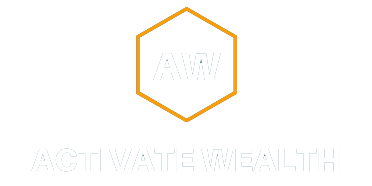

When you think about building long term and sustainable wealth, what do you think of? What is the key to becoming wealthy?
Most people will answer with some sort of investment philosophy or strategy:
“Max out my 401k”
“Invest in real estate”
“Start a business”
While any of the above can certainly be used to accelerate the wealth building process, they are definitely NOT the number one wealth building tool.
The answer?
Cash Flow: The net amount of money (or cash) transferring in and out your household
Without a healthy household cash flow, your finances can’t breathe. They need “oxygen” (aka cash flow).
Think about your answers above to the wealth accumulation question. How can you do any of those things without excess cash flow? Let me save you the time, you can’t!
So what is your cash flow made up of?
Income: This one should be pretty straight forward. Where do you make your money?
Think of money that actually hits your bank account. Do not include things like growth in an investment account or appreciation of a property you own.
Fixed Expenses: What expenses do you have to pay every single month?
Liabilities: What debts do you have outstanding? While fixed expenses could theoretically go on forever, liabilities have a specific term and interest rate associated with them.
Variable Expenses: What expenses do you typically incur but vary in amount and frequency from month to month?
The first step in cash flow optimization is getting a grasp on where you stand today. When you lay out all of the above categories, ask yourself a few questions.
Once you’ve taken a look at your current situation, you are going to want to take steps to widening the spread between your income and expenses. Here are a few ways to do that.
Now that you have created and maintained a “cash flow spread”, it’s time to level up.
Cash flow is the oxygen to your financial life. Without it, everything else falls apart. Take the first steps to cash flow optimization.
Schedule a complimentary 15 minute intro call and see if your situation matches our expertise.

©Copyright 2025 Activate Wealth – All Rights Reserved